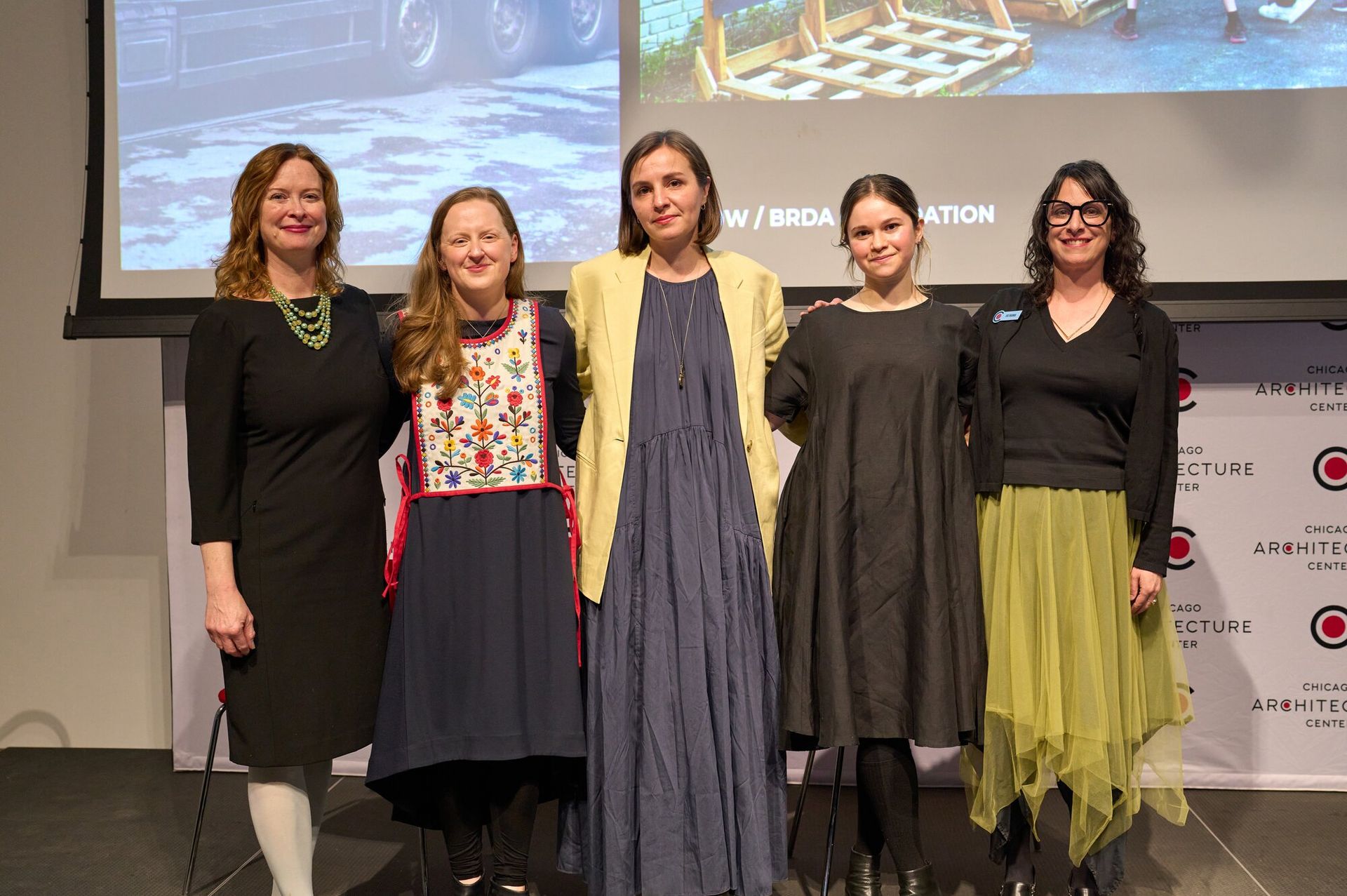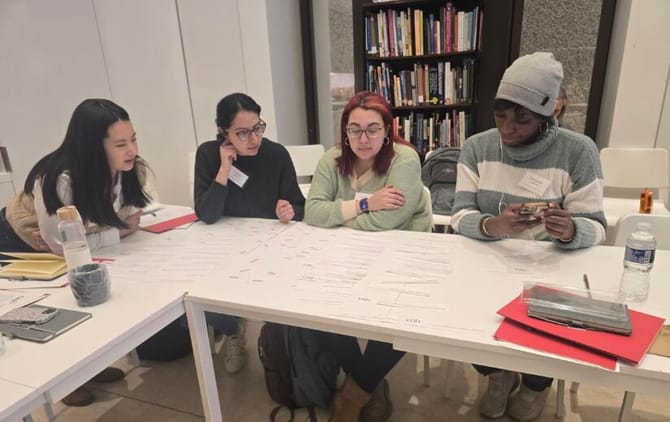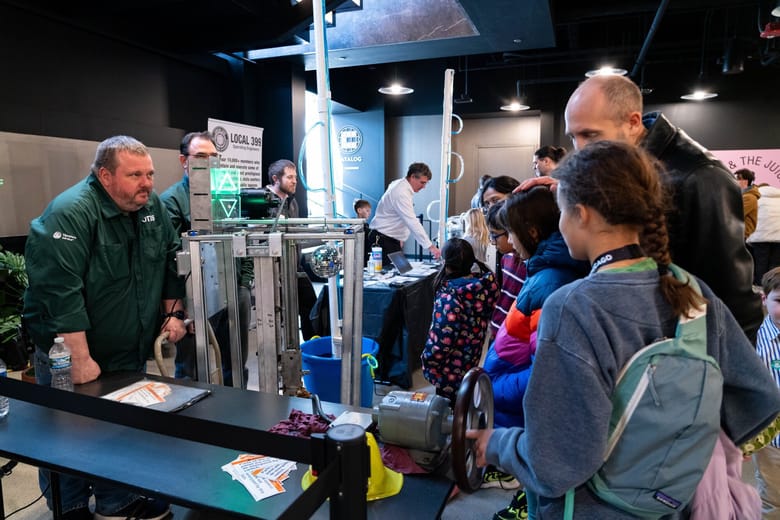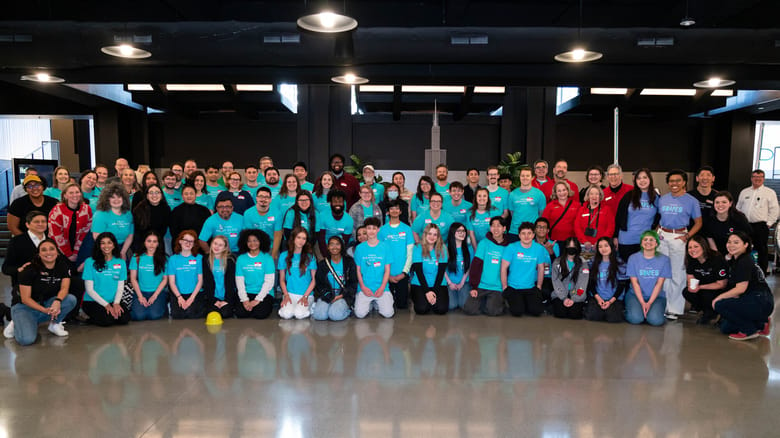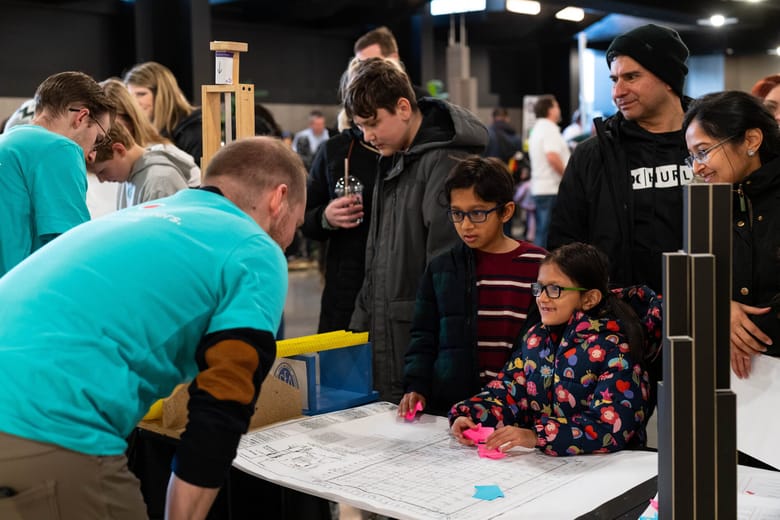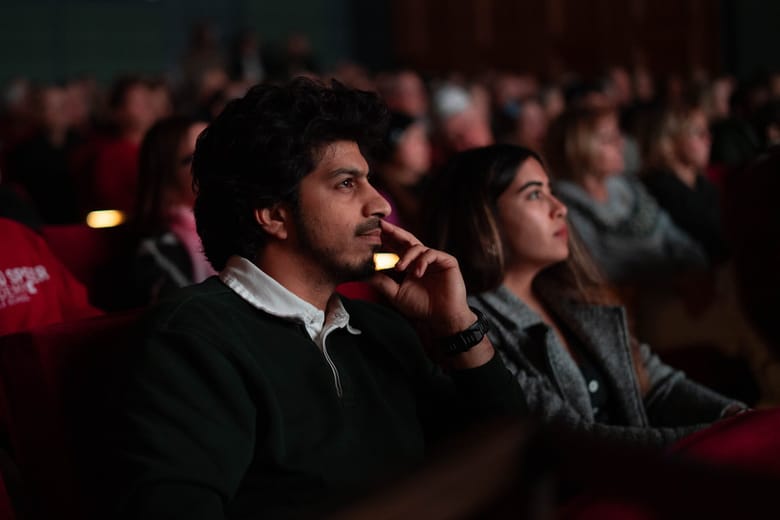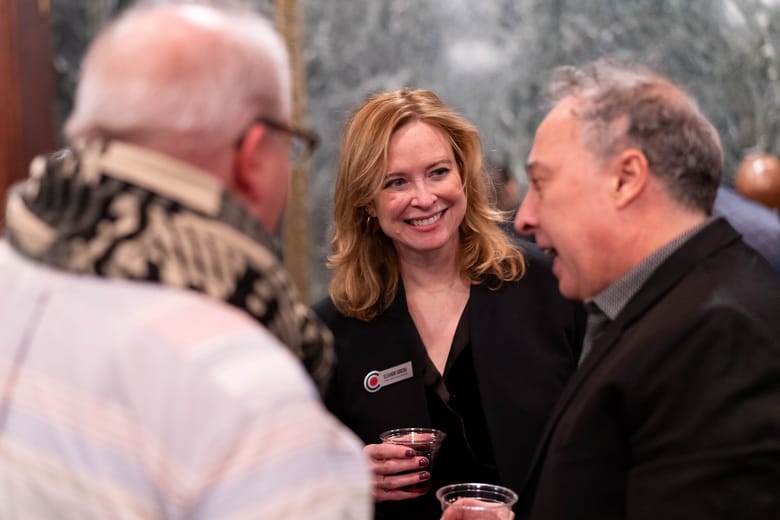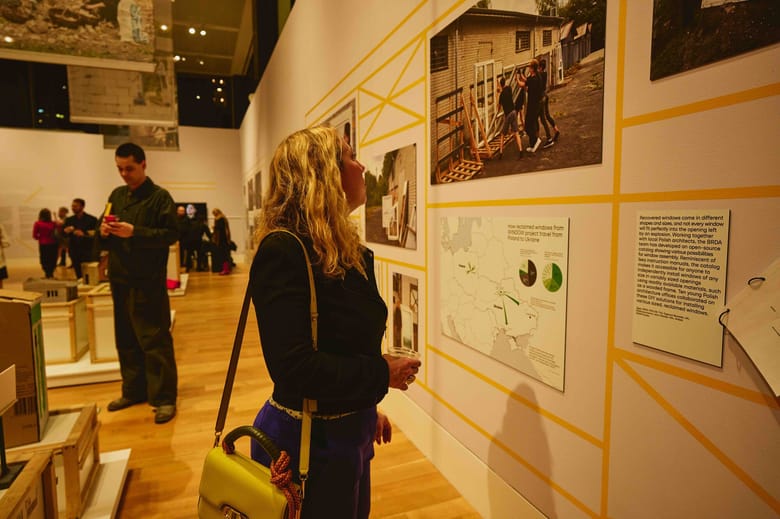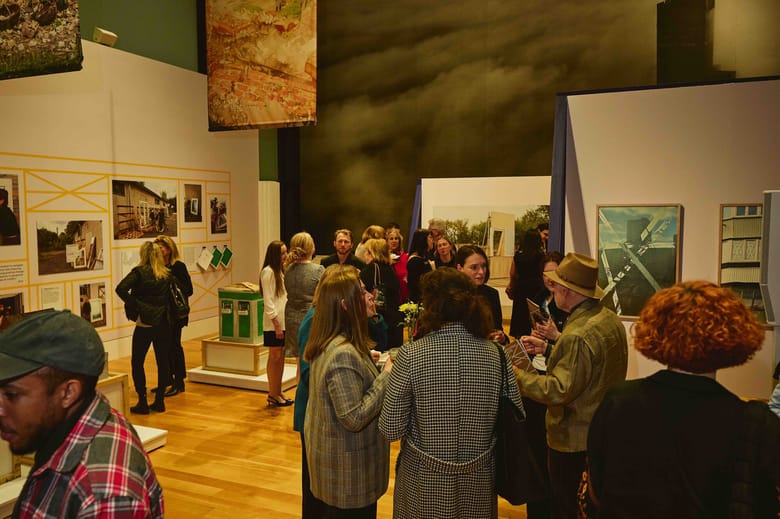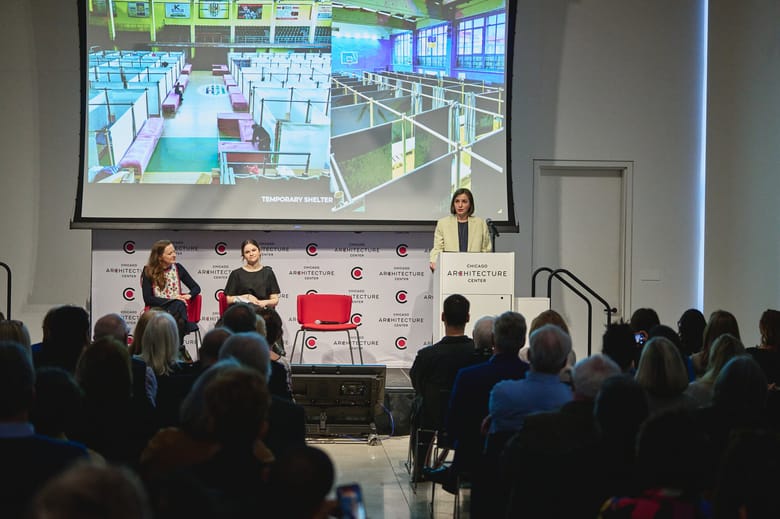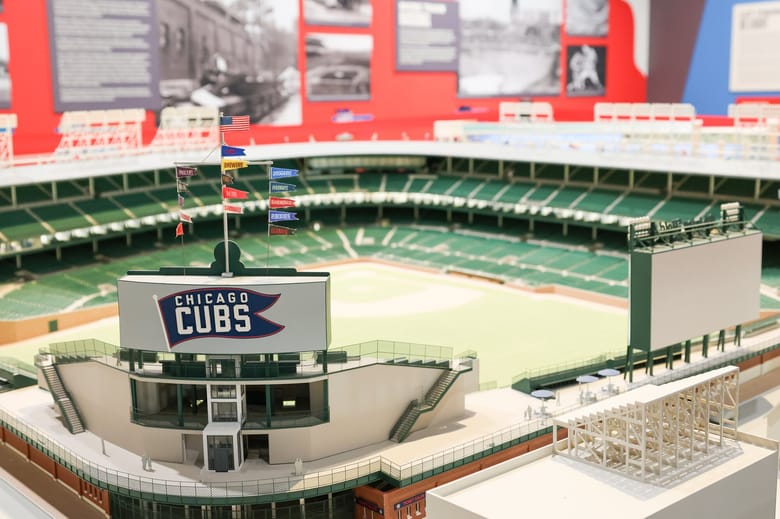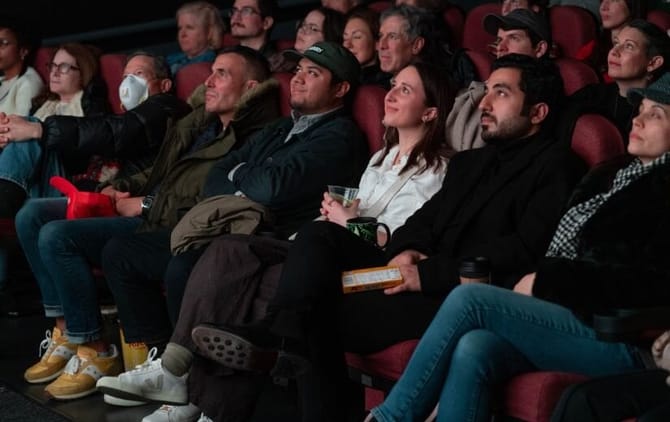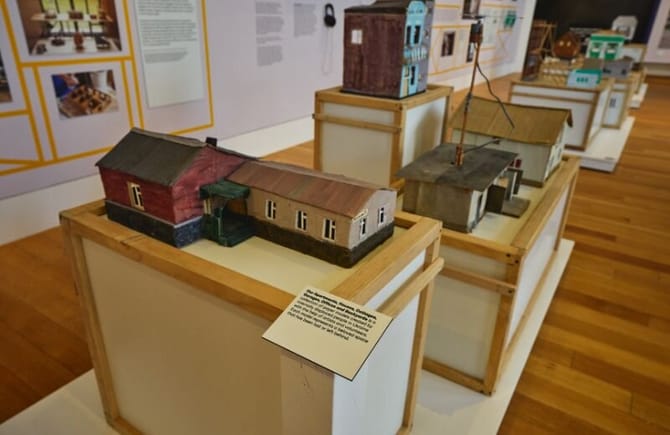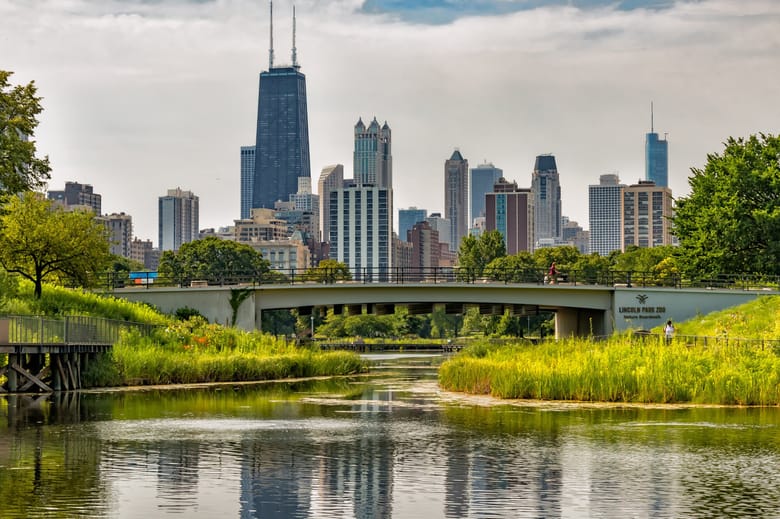Chicagoans live among architectural richness every day—from the Neo-gothic buttresses of the Tribune Tower to the bungalows in our neighborhoods. But simply appreciating buildings doesn’t do justice to the profound role design plays in shaping our lives. As new developments loom on the horizon like potential new Bears and White Sox stadiums and PsiQuantum’s high-tech campus on the Far South Side, it’s crucial for Chicagoans to be informed and engaged in the planning process. Fortunately, there are many ways for citizens to step beyond online discussions, engage directly and make their voices count.
One of the best ways to start is by exploring Chicago’s existing architectural landscape and forming an opinion about what you value in our built environment. Last weekend, more than 30,000 people did just that at Open House Chicago. Hosted by the Chicago Architecture Center (CAC) every October for the past 14 years, OHC is a free festival that gives behind-the-scenes access to some of the most meaningful architectural and cultural sites in Chicago.
This year’s festival saw a substantial increase in visitors over last year, with 53% of them visiting a neighborhood they’d never been to before, 71% saying their opinion of those new neighborhoods improved once they actually visited. Additionally, 96% of locals said the event made them proud to be a Chicagoan.
As a Chicagoan, you can use the knowledge gained by attending festivals like Open House Chicago or simply exploring the city on your own time to advocate for what you want—or don’t want—built in your city. With many developers and companies seeking public funding for their projects right now, this is a pivotal moment for Chicago residents to make your voice heard.
For those ready to take it a step further, the planning and development process isn’t just for elected officials. Neighborhood forums are regularly held in many areas to discuss local development, zoning changes and infrastructure improvements—though they need to be expanded to even more communities. When citizens engage in these conversations, they influence decisions around neighborhood development. Beyond that, events like the Chicago Department of Planning and Development’s City Civics Day, happening on November 9, are designed to help residents better understand how to participate in shaping the city’s future.
For those passionate about preserving Chicago’s architectural history, there are organizations like Preservation Chicago and Landmarks Illinois that offer meaningful ways to get involved. These groups fight to protect the city’s architectural heritage, advocating for the preservation of buildings at risk of demolition and promoting adaptive reuse. By volunteering, donating, or becoming a member, residents can help ensure that new development doesn’t erase Chicago’s history or its unique character.
It’s also important to consider the role of elected officials in shaping the future of Chicago’s skyline. With the November election quickly approaching, you have the powerful opportunity to make your voice heard at the ballot box. Local elections often have a direct impact on development decisions. If you care about what gets built in our city, research candidates’ positions on housing, infrastructure and land use. By voting for leaders who align with your values, you can help shape policies that reflect the needs of your community.
Our built environment is not static—it is constantly evolving. Chicago could soon look like a different city; it’s critical that this transformation reflects the needs and wants of the people who live and work here. After all, it is Chicagoans themselves who should be the ultimate deciders of what is best for Chicago.
Published in the Chicago Sun-Times 10/25/2024

